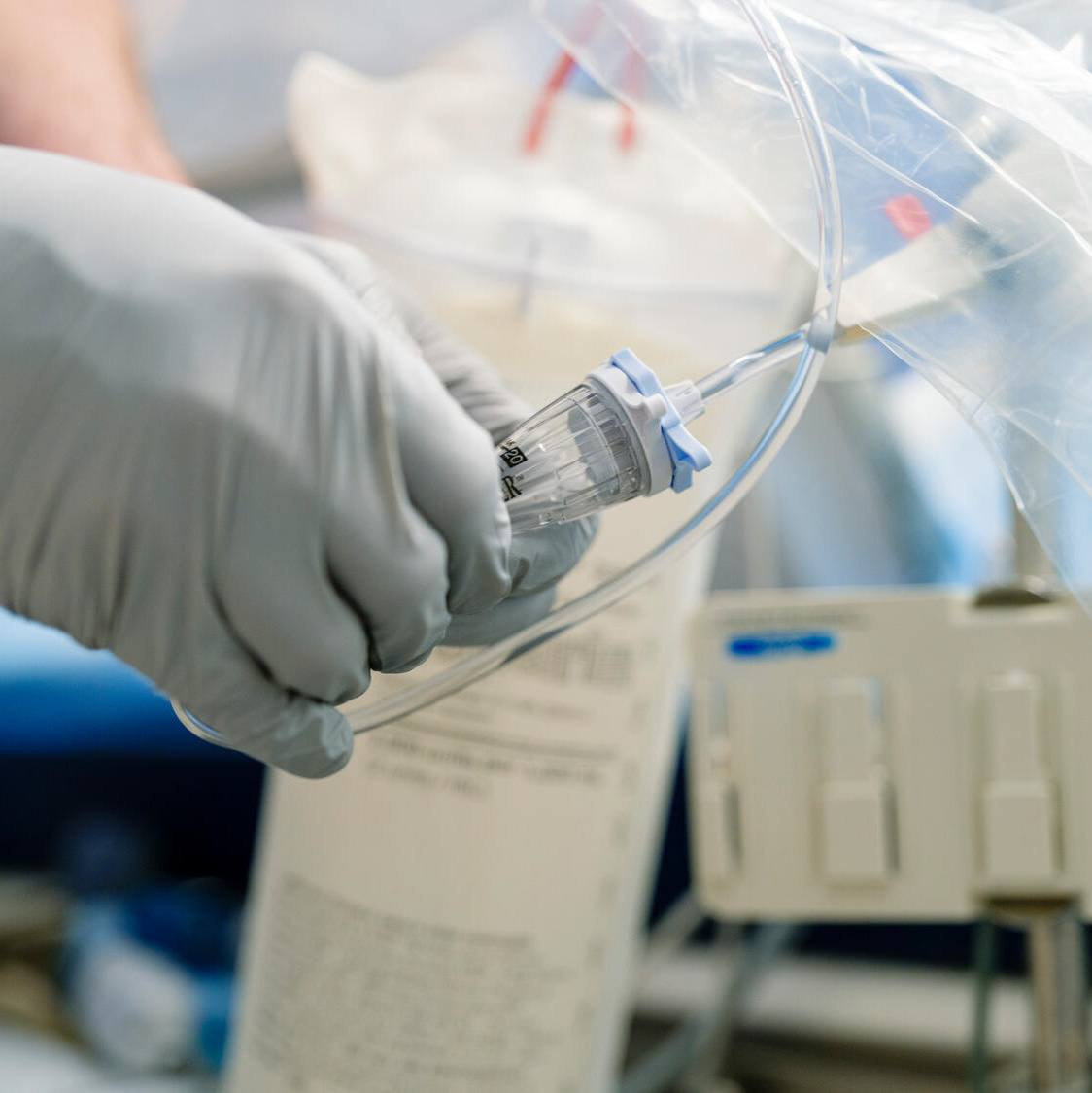-
Men should know about prostate cancer screening guidelines
 Men 55 to 69 should talk with their health care provider about screening for prostate cancer that's based on prostate-specific antigen, or PSA. That's according to new recommendations for men from the U.S. Preventive Services Task Force that are broken down by age:
Men 55 to 69 should talk with their health care provider about screening for prostate cancer that's based on prostate-specific antigen, or PSA. That's according to new recommendations for men from the U.S. Preventive Services Task Force that are broken down by age:
- Men 55 to 69 years
Clinicians inform men ages 55 to 69 years about the potential benefits and harms of screening for prostate cancer based on prostate-specific antigen. Many men will experience potential harm from of screening. Some will have false-positive results that require additional workup, overdiagnosis and overtreatment, and treatment complications, such as incontinence and impotence.
- Men 70 and older
Recommends against PSA-based screening for prostate cancer in these men age 70 years and older.
"The recommendations don't change for men over 70," says Dr. Matthew Tollefson, a Mayo Clinic urologist. "If men over 70 are asymptomatic with no family history, they don't' need to have PSA tests every year. Those men have very low risk of dying from prostate cancer. But, for men who are from 55 to 69, there can be a benefit seen with screening. This is where the task force is now giving nuance to the discussion and saying there isn't a blanket statement for everyone."
Watch: Dr. Matthew Tollefson discusses prostate cancer screening.
Journalists: Broadcast-quality sound bites with Dr. Tollefson are in the downloads.
The prostate-specific antigen blood test is the most common method to screen for prostate cancer. Dr. Tollefson says there are benefits of prostate-specific antigen prostate cancer screening, but it's not risk-free. "Screening men from ages 55 to 69 is the benefit of catching a cancer earlier, when it's easier to treat and potentially cure. If men are screened, then, potentially, that tumor can be identified when it's at a curable state. Then, they can undergo curative treatment and reduce their risk of dying of prostate cancer.
"The risk of being screened, in a lot of ways, comes with the risk of being treated," says Dr. Tollefson. "If a man is screened, and the test shows he is at risk of prostate cancer, frequently, the next step is to get a prostate biopsy. There is a small but real risk of infection to arise after a biopsy. Then, with treatment —both with radiation as well as surgery — the risk of incontinence and erectile dysfunction can be a real issue for some men."
Prostate cancer is the third leading cause of cancer death in American men. About 1 in 7 men will be diagnosed with prostate cancer in his lifetime, according to the American Cancer Society. Dr. Tollefson says it's important for men to have a conversation with their health care provider to determine the best option that weighs risks and personal preferences.







